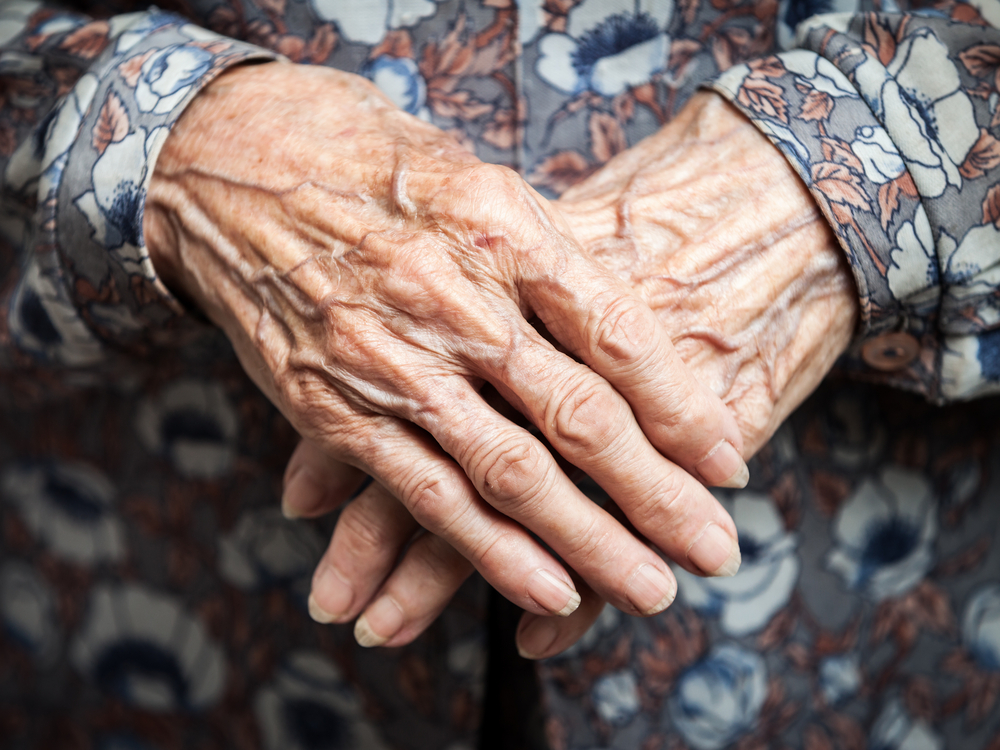
“The great secret that all old people share is that you really haven’t changed in 70 or 80 years. Your body changes, but you don’t change at all.” – Doris Lessing
Everyone ages. While this may seem patently obvious, the reality is that we tend to think that aging is something that will happen to us someday, but not in the moment. Yet, the fact is that we are already older today than we were a week ago, and are gradually aging with each passing day.
Understanding the Atrophy Process
As we age, our skeletal muscle mass starts to diminish or atrophy. The skeletal muscles are the muscles that are attached to the bones and under voluntary control. These changes can begin occurring as early as our 30s, but most of us see the biggest changes between in our 40s and 50s.
According to one article,
“A recent study concluded that total muscle mass decreases by nearly 50 percent for people between the ages of 20 and 90. On average, people lose about 30 percent of their strength between ages 50 and 70, and another 30 percent of what’s left per decade after that. Generally, people lose about 1 percent of their lean muscle mass per year after age 40.”
In addition to natural (and unavoidable) aging, many of us are subject to sedentary lifestyles. This can accelerate the already natural process of muscle atrophying from aging.
Age-related muscle loss is also called sarcopenia, which means “vanishing flesh.” However, sarcopenia does not have to be an inevitable part of aging. While aging will result in some loss, a sedentary lifestyle will result in the loss of around ten ounces of muscle a year.
Along with the loss of muscle mass and strength, this process can bring about diminished bone density and chronic pain, especially lower back pain.
A study reported by the National Center for Biotechnology Information,
“Elderly patients with CLBP (chronic low back pain) have significantly lower skeletal muscle mass, and age-related mechanisms in sarcopenia are considered to be associated with chronic pain. Therapeutic procedures that are used to treat elderly aging muscle, including muscle strengthening and performance training, can possibly be a treatment for or used to prevent elderly CLBP.”
The general consensus among doctors, geriatricians, and physical trainers, is that muscle mass, bone density, and body strength can be increased and improved in older people. The result is a marked reversal of sarcopenia and a decrease and even elimination of chronic pain.
Slowing Down and Turning Back the Clock of Aging
While we can’t really “slow down” aging, obviously, we can slow down and even reverse many of the results of aging.
The idea of seniors lifting weights, working out, and distance running may not seem so unusual today, but it is a recent social change. Despite stand out individuals like the impressive Jack LaLanne, vigorous physical activity and training for older folks was considered ill-advised and even dangerous.
Never mind that, at the age of 70, Jack Lalanne towed 70 rowboats, one with several guests in it, from the Queen’s Way Bridge in the Long Beach Harbor to the Queen Mary – a distance of one mile. Oh, and he did it while handcuffed, shackled, and fighting strong winds and currents.
Today, it is understood that strength training – particularly resistance training – for seniors is not only safe, but highly beneficial.
A study published in the Cochrane Library compiled data from more than 100 clinical trials and concluded that progressive resistance training can help older people in daily activities, such as climbing stairs and fixing dinner.
For most of the studies, progressive resistance training was performed two to three times a week at a high intensity with free weights, exercise machines, or elastic bands.
In fact, High Intensity Interval Training – or HIIT – is a great option for seniors.
According to the Mayo Clinic, “Mayo Clinic researchers studied the effects of HIIT on people over age 65. What they discovered may surprise you: Some age-related deterioration of muscle cells had actually been reversed.
HIIT seemed to change a cell’s DNA in a way that boosted the muscle’s ability to produce energy. It also triggered the growth of new muscle, helping counteract inevitable muscle loss that comes with aging.
These changes were more dramatic in the over-65 exercisers compared with a group of people under age 30 who did the same workouts. One possible takeaway: It’s never too late to start and see big gains.”
Regardless of your level of fitness, or your age, staying physically active is critical. And, even more importantly, engaging in some degree of strength training is essential, as well. Muscle loss, diminishing strength, and the associated pain that can result are not inevitable.
Finding Pain Relief With Pain and Performance Solutions and ART®
If you are currently in pain and have been unable to find relief, we invite you to call us at Pain and Performance Solutions.
When you come to your first appointment, we will learn about your present discomfort as well as any history of discomfort. Getting pain relief with Active Release Technique ® begins with an understanding of when and how your pain started.
A full examination will help us determine which form of treatment is best suited to get you on your road to recovery. Your trust in us is key, as is your honesty. Ultimately, getting your body healthy and working properly is the only way to achieve total recovery.
So, don’t hesitate to reach out. We are here to help and will answer any questions that you may have. You can reach us at (707) 636-4404 or by filling out our online contact form.